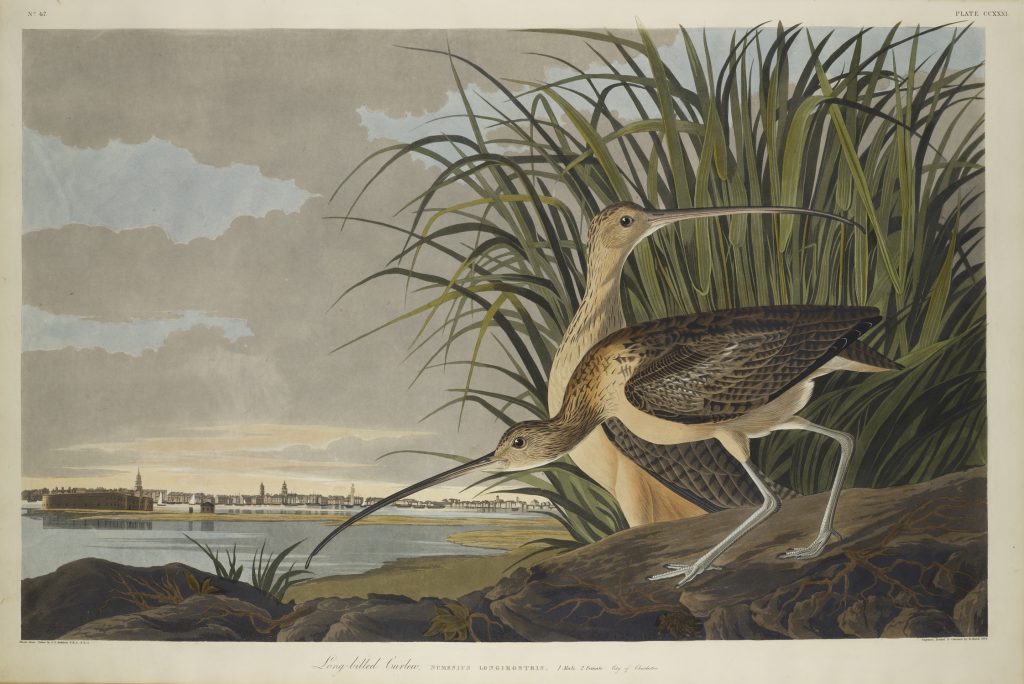John James Audubon (artist)
John James Audubon was a largely self-taught arist-naturalist whose intent was clearly scientific. His...
view artist
The Birds of America, Plate #231: "Long-billed Curlew", by John James Audubon
It is easy to see how the long-billed curlew got its name. The largest species of shorebird, its bill can...